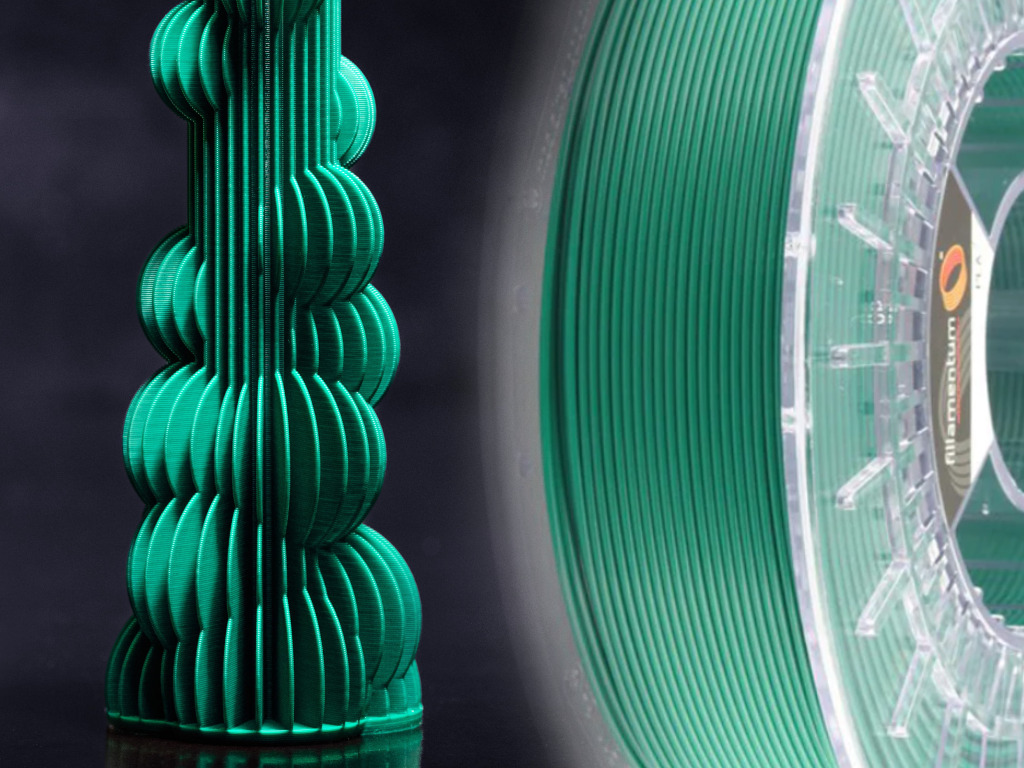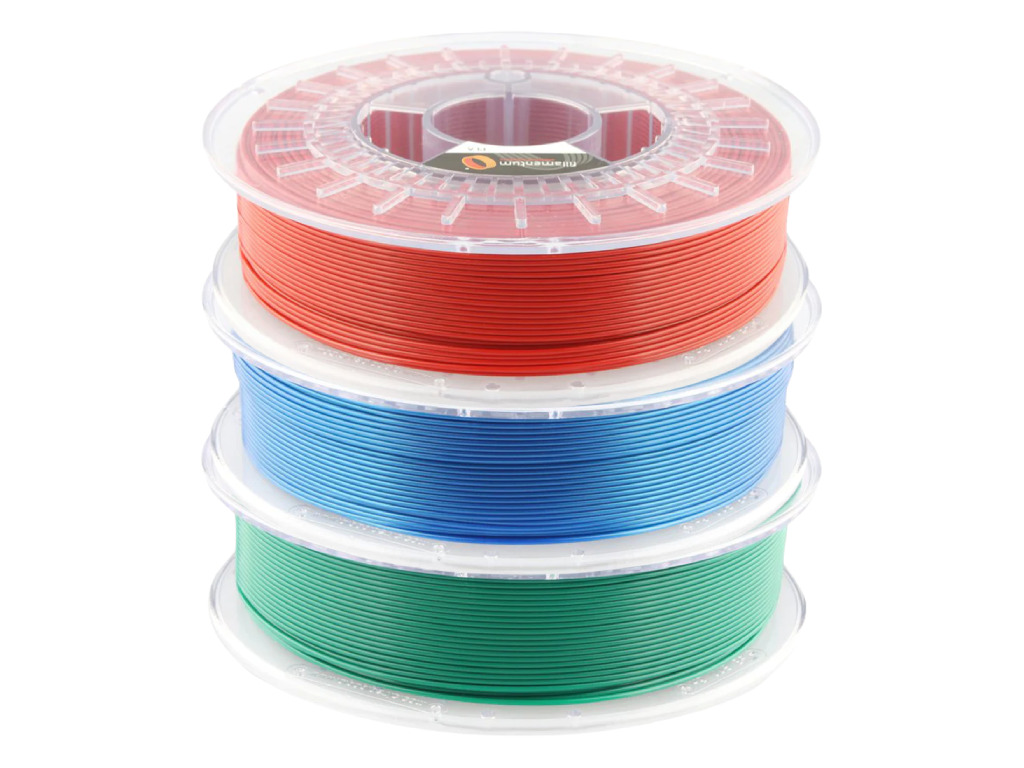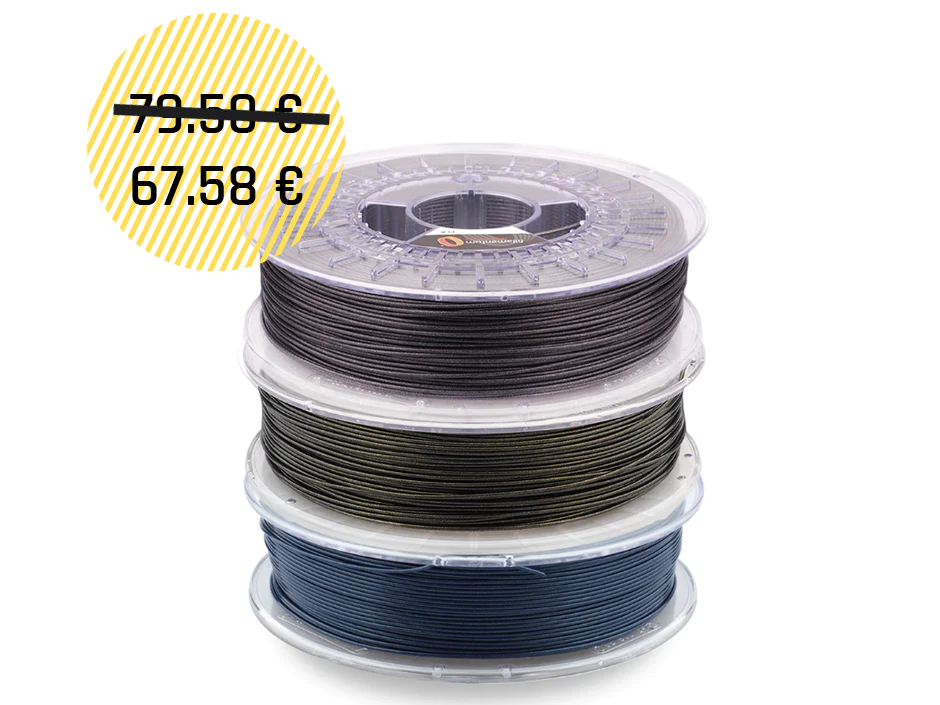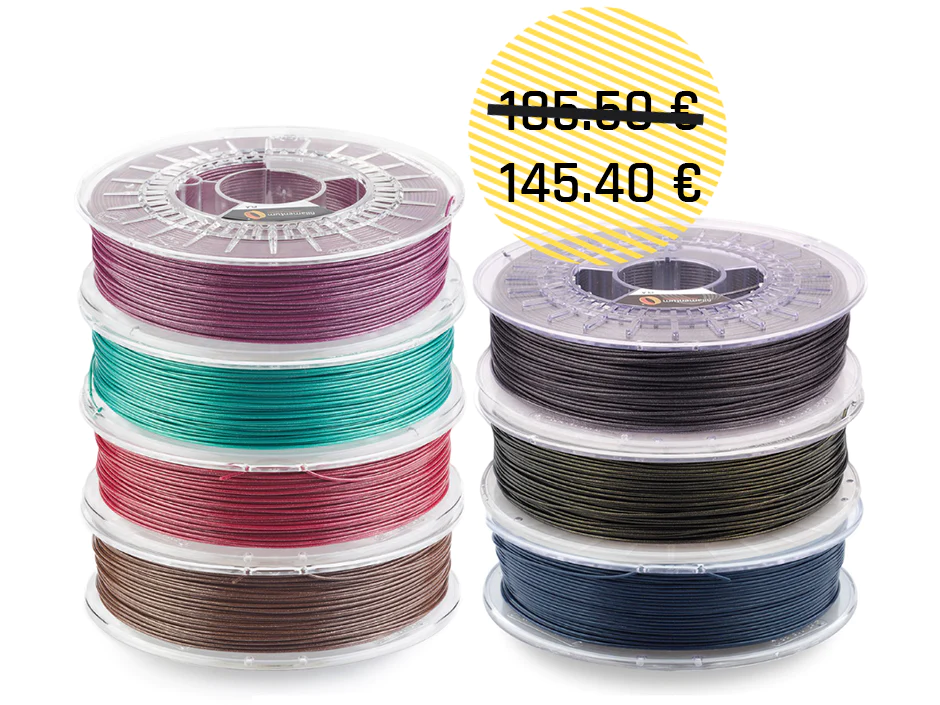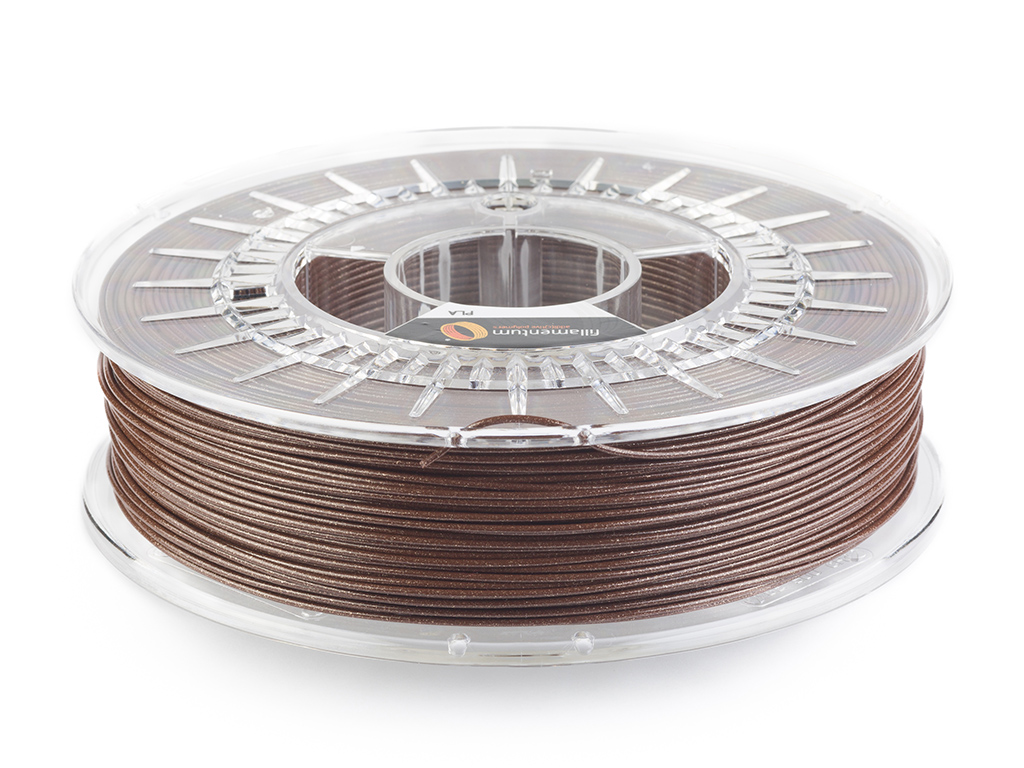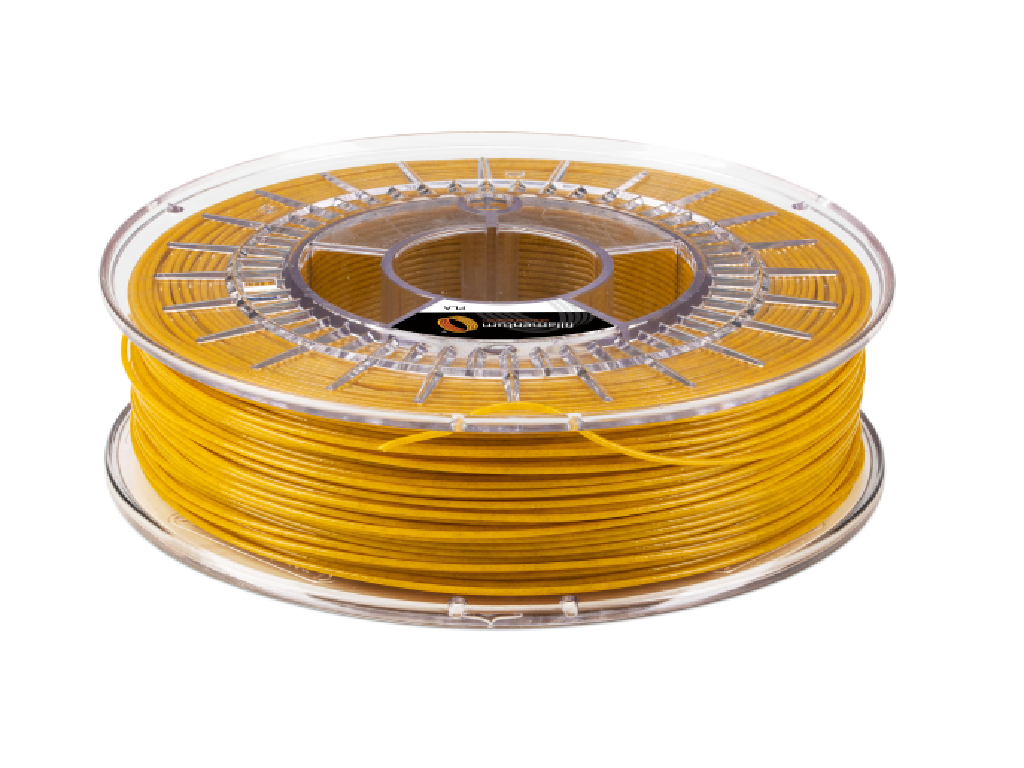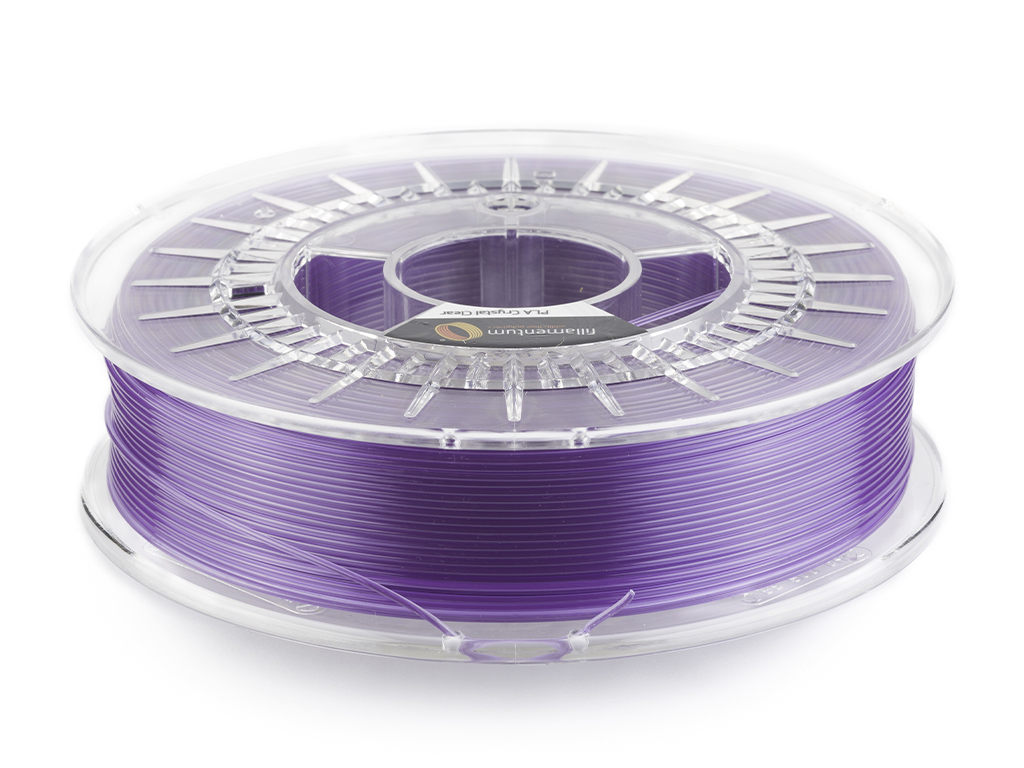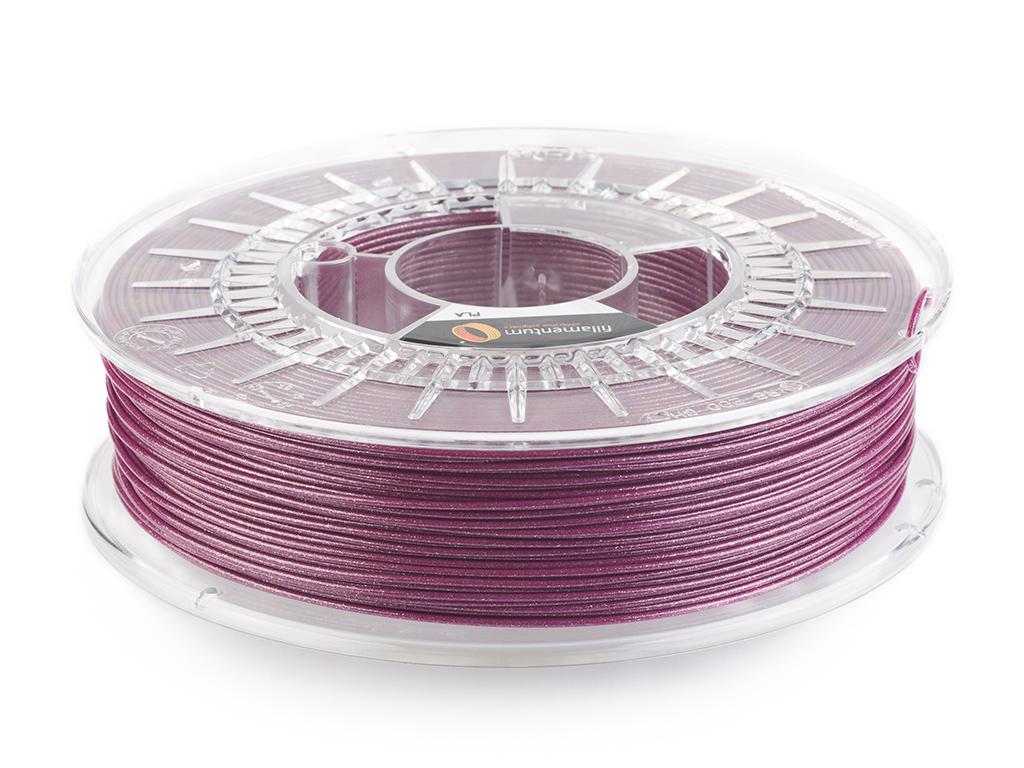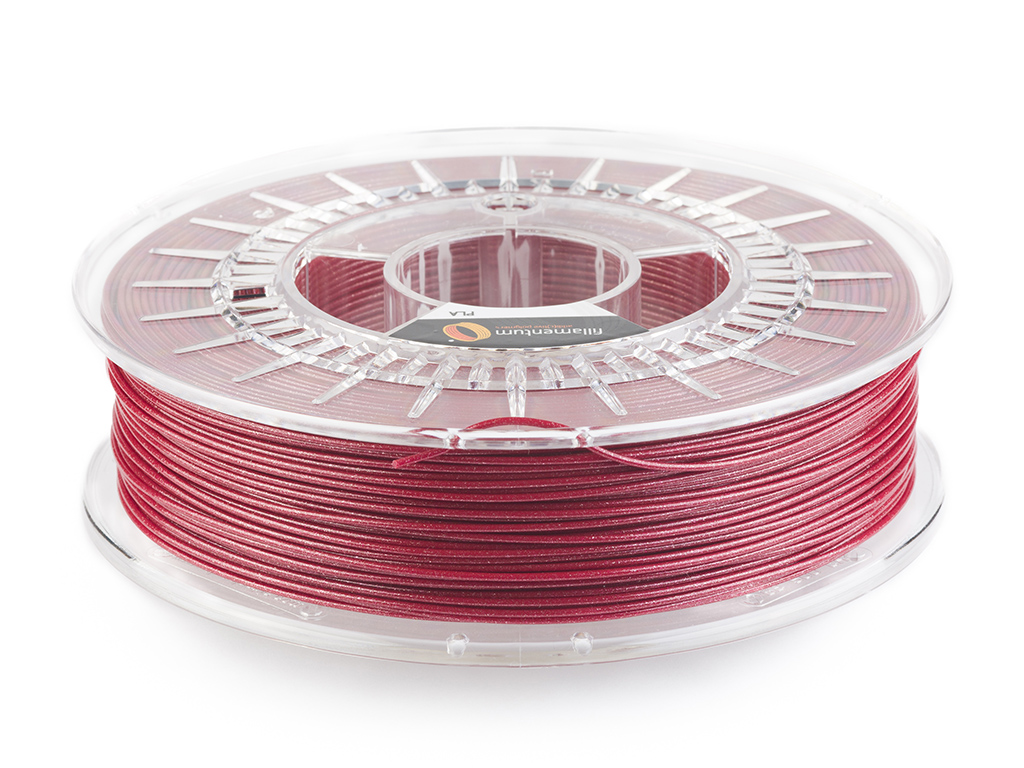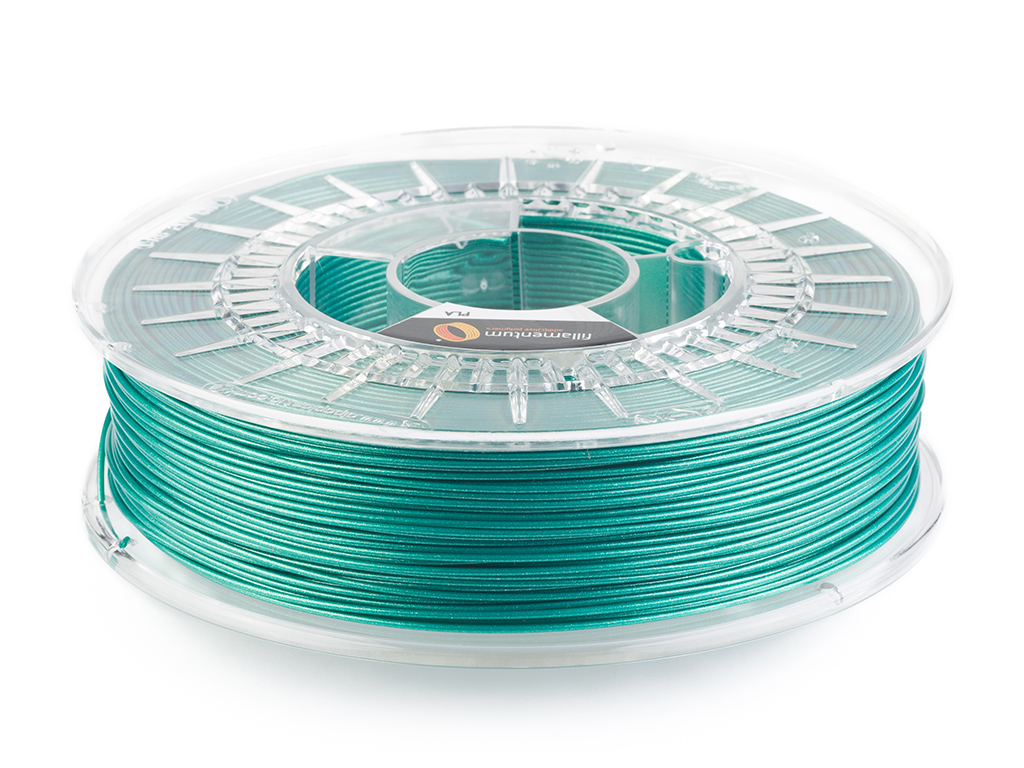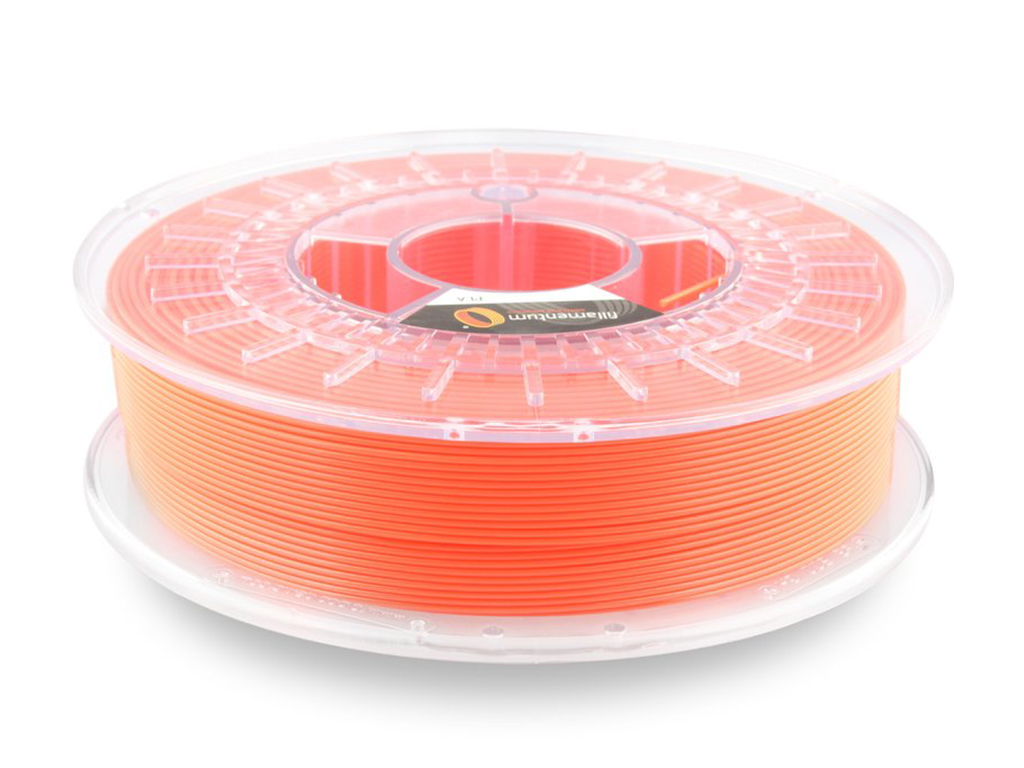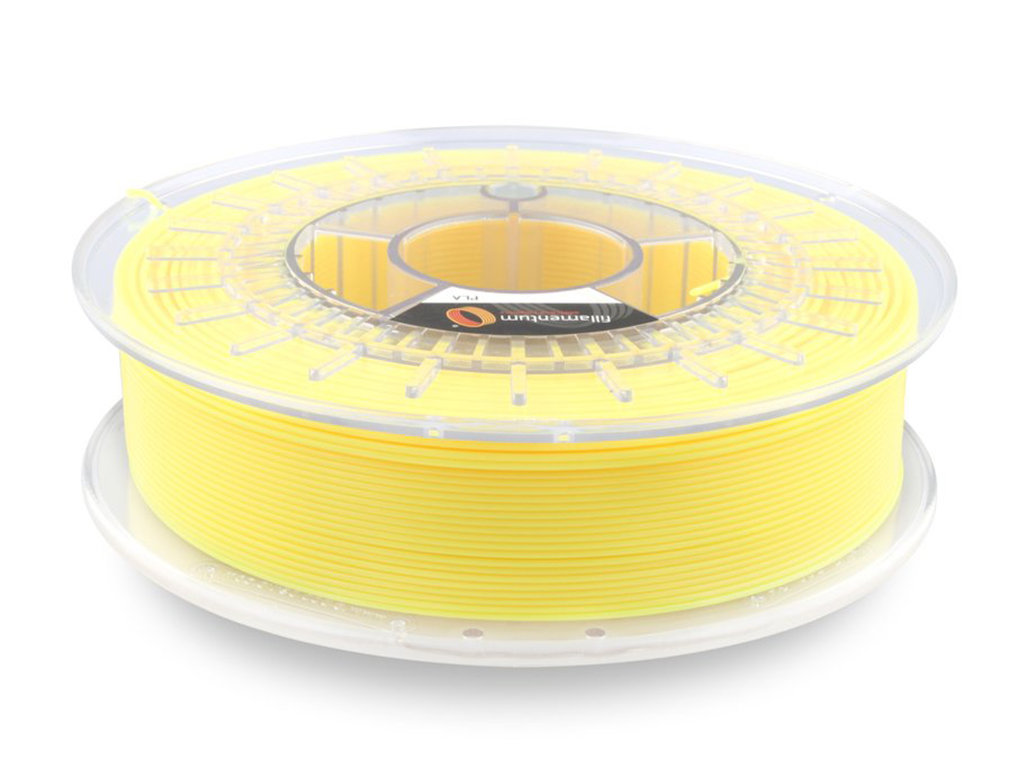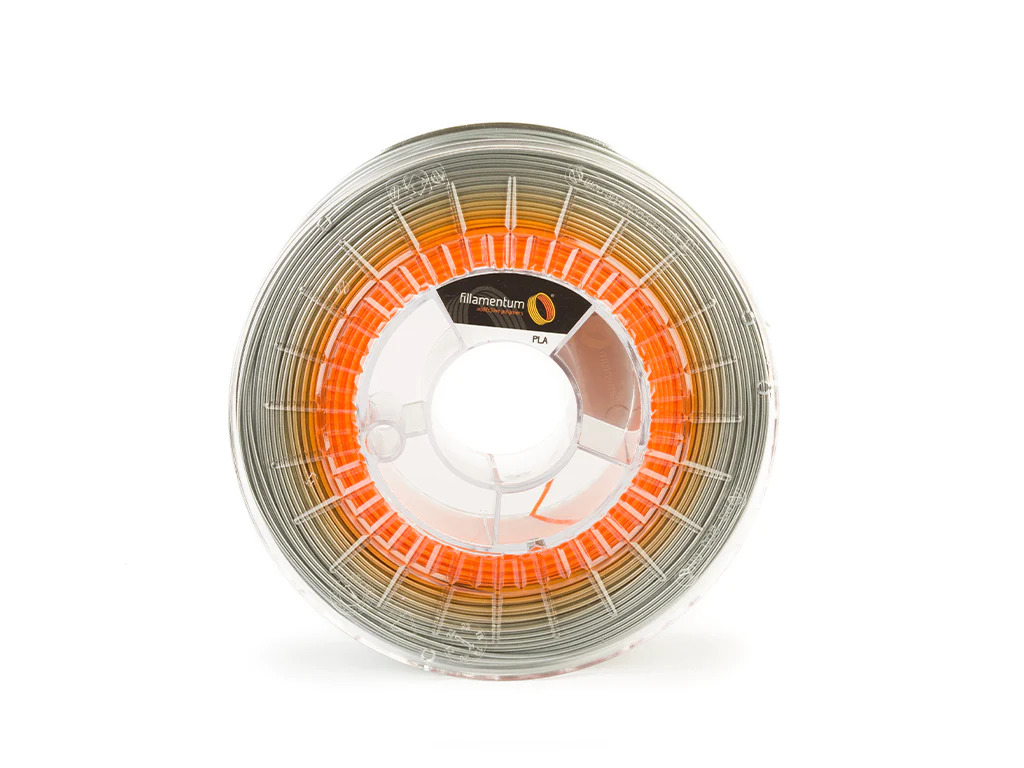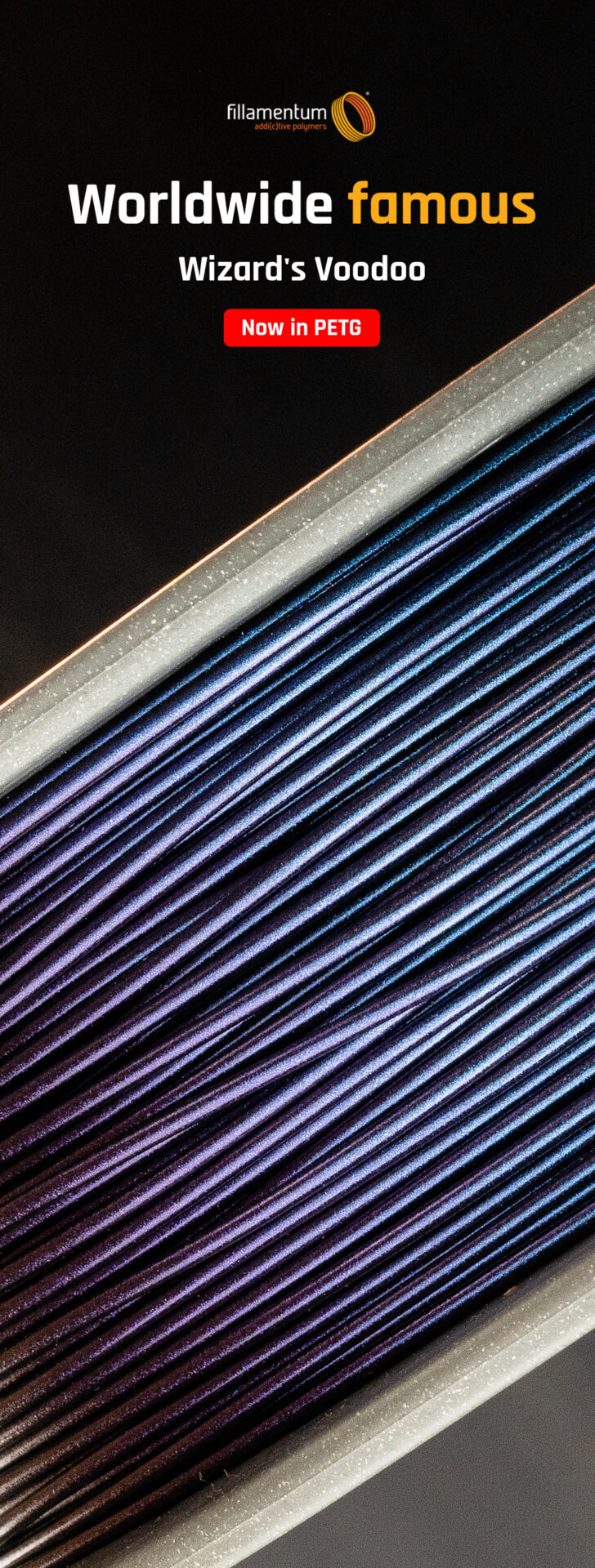Bubble Vase by Martin Žampach
Discovering the secrets of 3D printing with Martin Žampach’s bubble vase to help you escape reality.
Published on 7 March, written by Laila
Martin Žampach’s latest creation, The Bubble Vase, represents a precise and timeless work of art created thanks to the help of mathematical algorithms. However, not only is his work beautiful, but he also aims to replace traditional materials with recycled filaments, leading the way in sustainable and groundbreaking design solutions.
Martin is an experienced Czech designer who graduated from the Tomas Bata University in Zlín, where he studied Industrial Design. He also studied Product Design at the Academy of Fine Arts in Krakow (Poland). Currently, he focuses on utilizing smart solutions to decrease costs by improving the production process of products. He co-founded Prototypum, a studio specializing in industrial design, innovation, and prototyping based in Prague.
Optimization to success
“I created my very first vase in 2013 or 2014. It took me a whole year to fine-tune every detail of the final models and twelve hours to bring the first model to life with 3D printing.” 3D printing, like any other skill, requires a lot of patience and practice. Ever the experienced artist, Martin’s determination to create his own models triumphs over the struggle involved in the process. “I didn’t know the technology properly yet, so I started studying and getting deeper into it. I needed to learn how to calculate the diameter of the nozzle to make the 3D print more continuous. Step by step, I optimized the wall thickness of the rib on the vase and was finally able to get the printing down to 3 hours.”
Nature-friendly is trending
For his work, Martin uses various materials, including PLA and PETG, but he is developing an approach that is more nature-friendly. “In the future, I’d like to stop using pure PLA and start using recycled filaments more. Even though the filaments are plastic, the waste processing is quite difficult, some filaments cannot be recycled and although it is stated they are biodegradable, it is not that easy.” Martin also stated that someday he would like to print bigger objects, which opens up a huge space for the usage of recycled materials. “There are limits regarding color options, but it’s nothing that could not be solved eventually.”
Design made with an algorithm
Another interesting feature of this design is the fact that it was created thanks to an algorithm. “I wanted to learn to use some new technology. This vase is designed by in Grasshopper; I gave it some boundaries regarding a size gradient, but the algorithm helps me with how many bubbles are around the central tube, what density they should be, and how big the gradient should be. I’m going to do more and more of these algorithmically build designs because it’s really worth it.’’
A wide range of colors is needed
Nevertheless, when it comes to 3D printing, good material is priceless. “I’ve worked with Filamentum for some time now, they have a very wide color palette available. It is very important for me because sometimes you need just a slightly different shade of color and in Filamentum, I’ll always find it. Not only that, I also like the wide range of other materials they offer.’’
Vase needs to be waterproof
The Bubble Vase comes in various shapes, sizes, and colors, but each of them is created with the lamella design. “I wanted to hide the ‘problems’ of the printing. Sometimes it is not possible to print without small defects, for example, the seam of the individual layers is hidden inside. Besides that, I tried to make the biggest volume possible in the least time and with the least consumption of material.’’
The vase is also “waterproof” thanks to custom-made glass that slides inside the vase and that makes the usage even more practical. “Practically every item can be made waterproof by tuning the whole printer, setting up Gcode, some generated structures, and the whole flow, but the glass insert makes it easier.’’

Is it possible to live from 3D printing?
We asked Martin if it’s possible to make a living off 3D printing. “It would be possible [laughing a lot]. If I grow my collection exponentially and add more different items. But I do these collections to escape reality a little bit. 3D printing is a way of developing creativity, and a very interesting field for the future too, so I’d like to do more of it eventually.’’ Martin claims that it’s not worth setting up his own profile on Etsy or a similar global platform to present his art, as there are a lot of people selling loads of different art nowadays and your listings can just disappear in the sea. Instead, he decided to build his own minimalist website, where you can find his timeless designs. Eventually, it is possible to purchase his models at Cults3D.
Bubble Vase for us made of random spool
Follow martin
What can you read in the blog?
follow us
Latest news

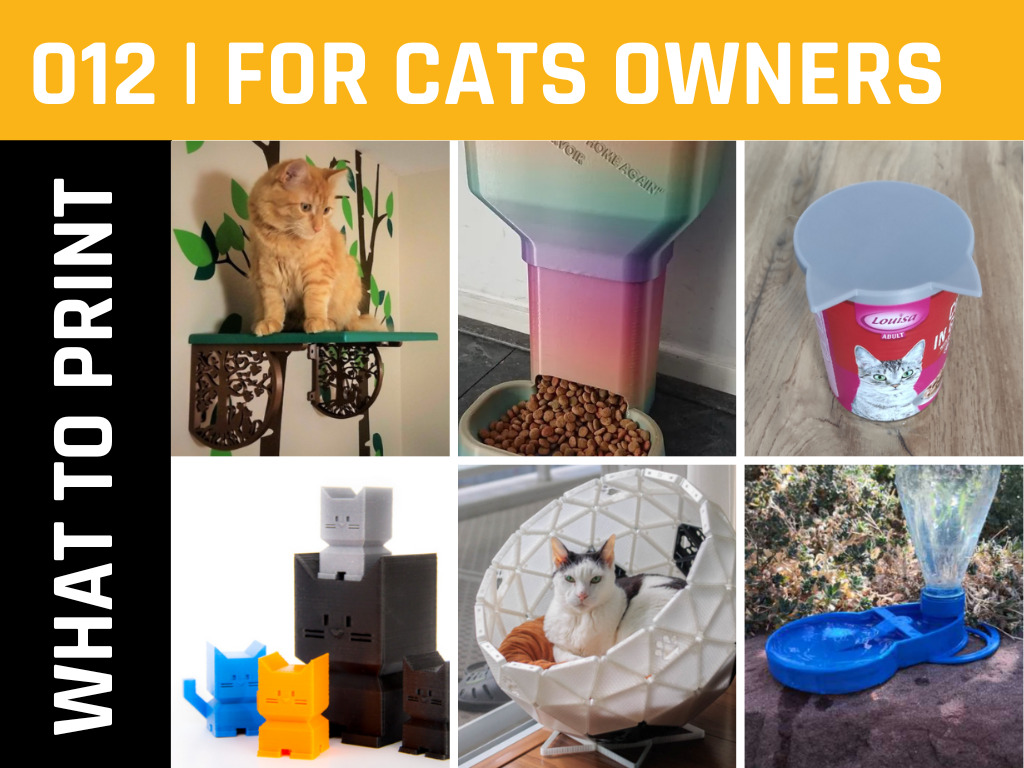

SPAM
GET INSPIRE



